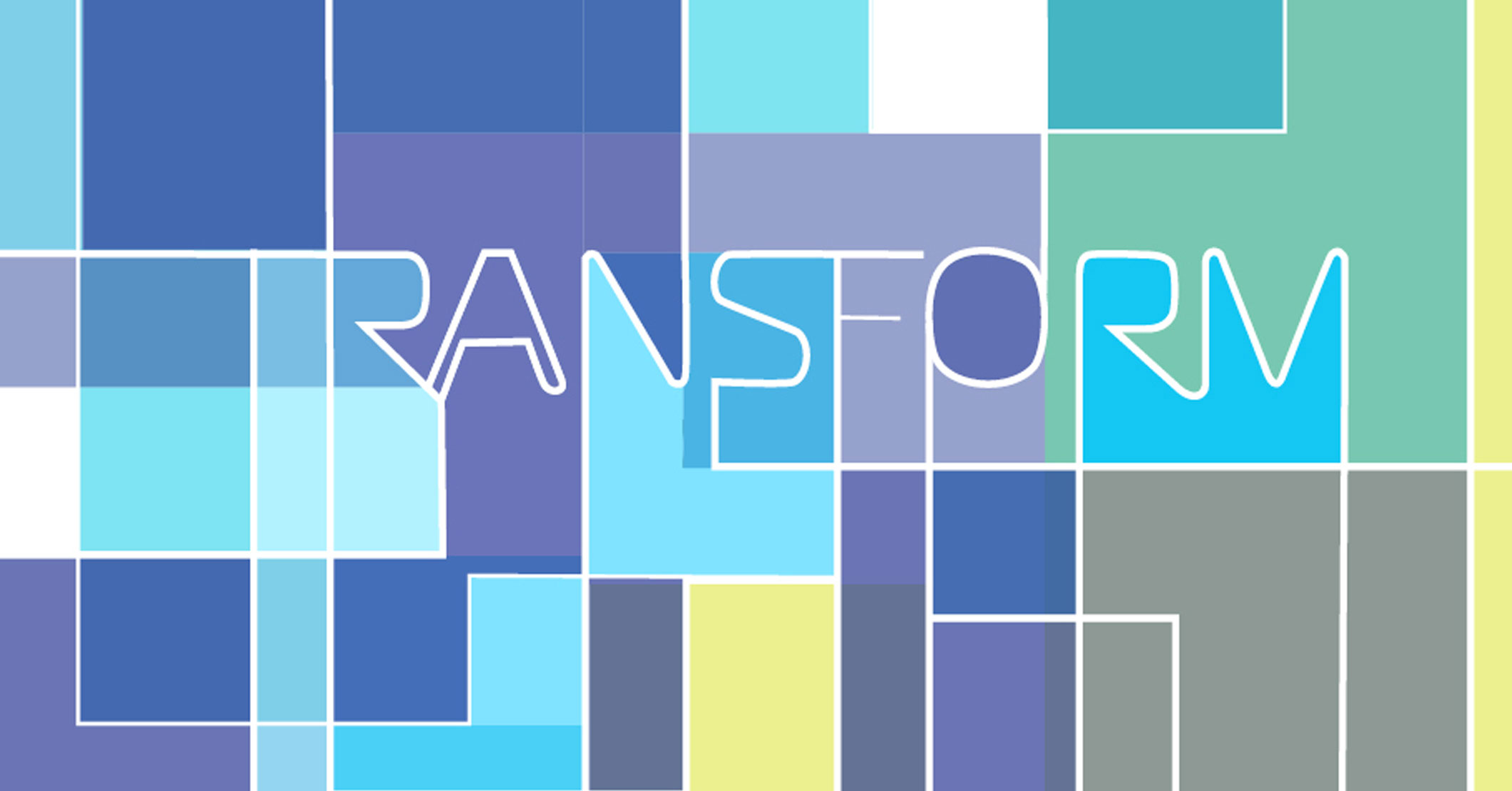Developed By
Information
Metropolitan Universities journal is the Coalition of Urban and Metropolitan Universities’ (CUMU) quarterly online journal. Founded in 1990, the journal disseminates scholarship and research relevant to urban and metropolitan universities. Articles amplify the mission of CUMU by reinforcing the value of place-based institutions and illuminating our collective work of supporting the changing needs of our students, institutions, and cities.
If you would like to receive updates about the journal or CUMU, sign up to receive email communications.



